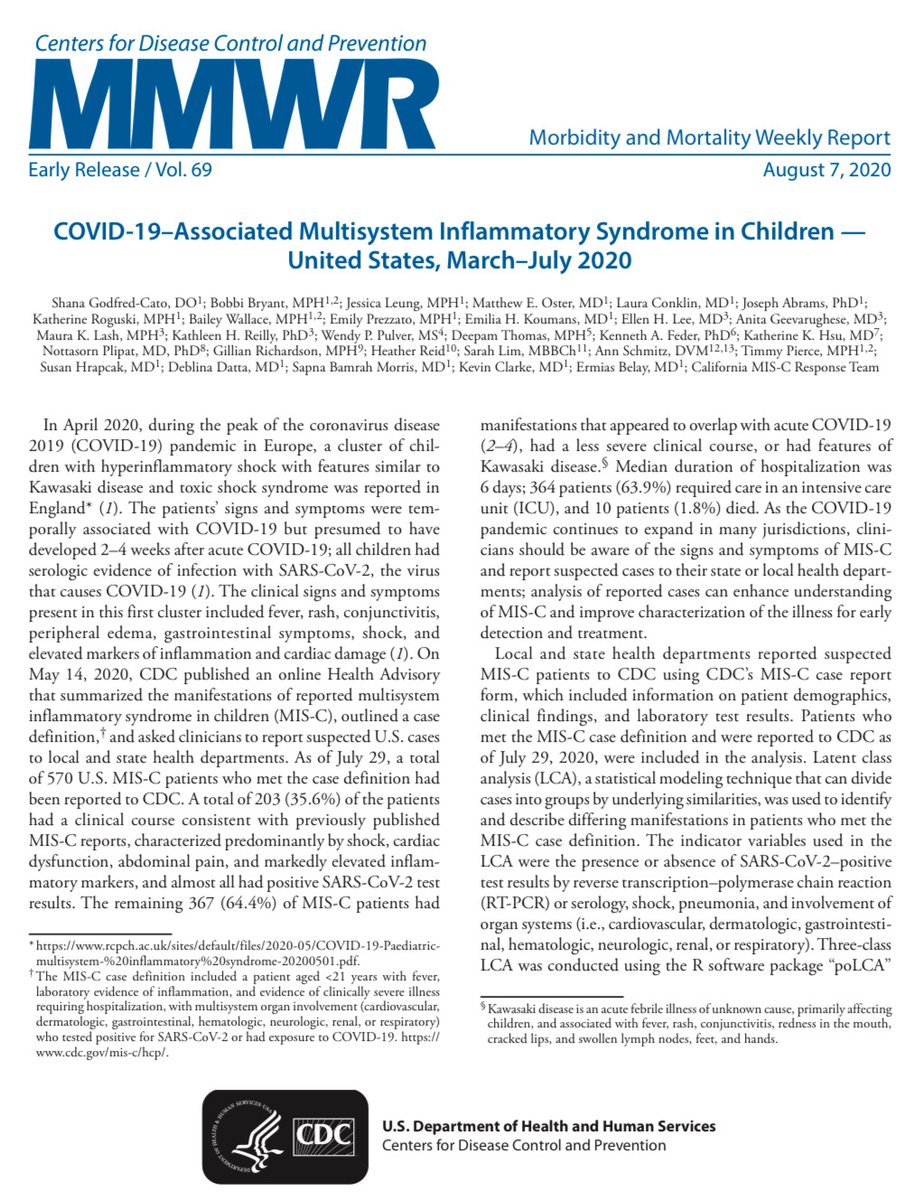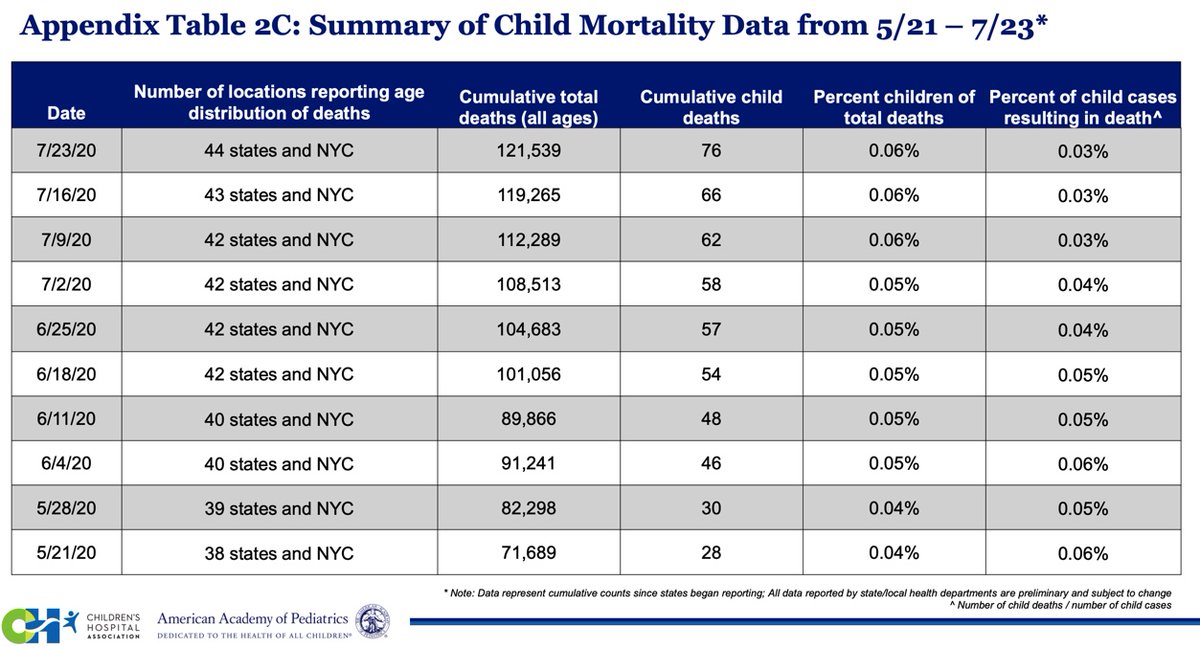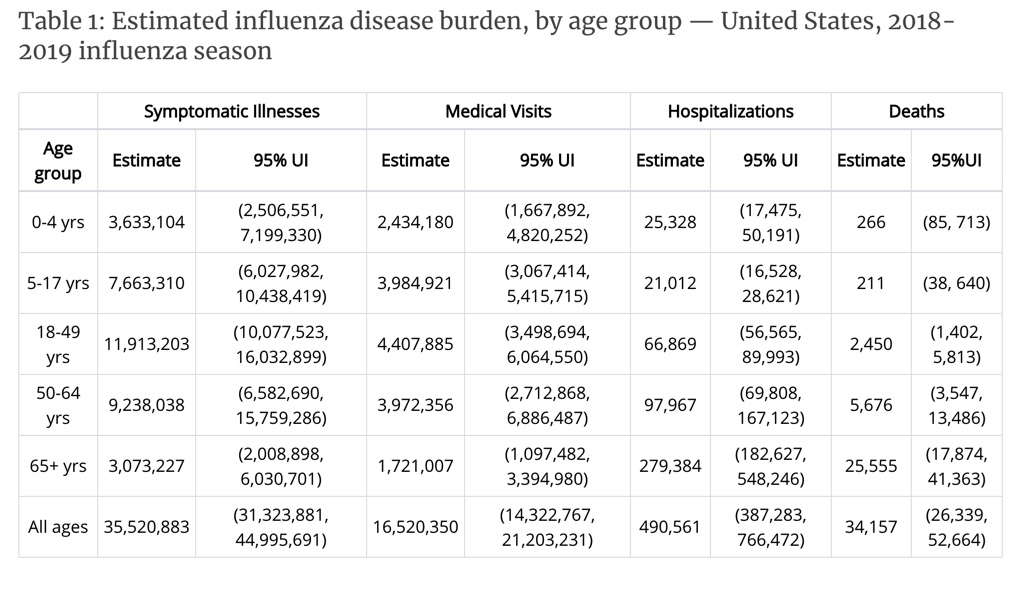
The number of Covid cases, hospitalizations, and deaths is going to continue to grow sharply as we enter the winter; until all of us on our own start taking enough collective action to slow the spread. There is no seasonal backstop, and won’t be any new national policy action.
https://twitter.com/covid19tracking/status/1319777975055699970
When people wear masks, it reduces likelihood of spreading Covid if they're an asymptomatic or pre-symptomatic carrier. A new @Nature study finds if 85% of Americans wore masks, we would save 95,000 people. Greater adherence to masking will reduce spread. nature.com/articles/s4159…
Masks can also protect you from contracting Covid if you are exposed to someone who is contagious; and the quality of the mask you wear can matter. The higher the quality of the mask, the greater the protection that it can afford you.
Epidemics in the South during the Summer started to peak and decline when people took collective action to adopt more precautions - masks, distancing, reducing activity where possible (evidenced by declines in mobility data). Coupled with targeted mitigation, it slowed the spread
• • •
Missing some Tweet in this thread? You can try to
force a refresh








